ARCADIA
(2017 - ongoing)
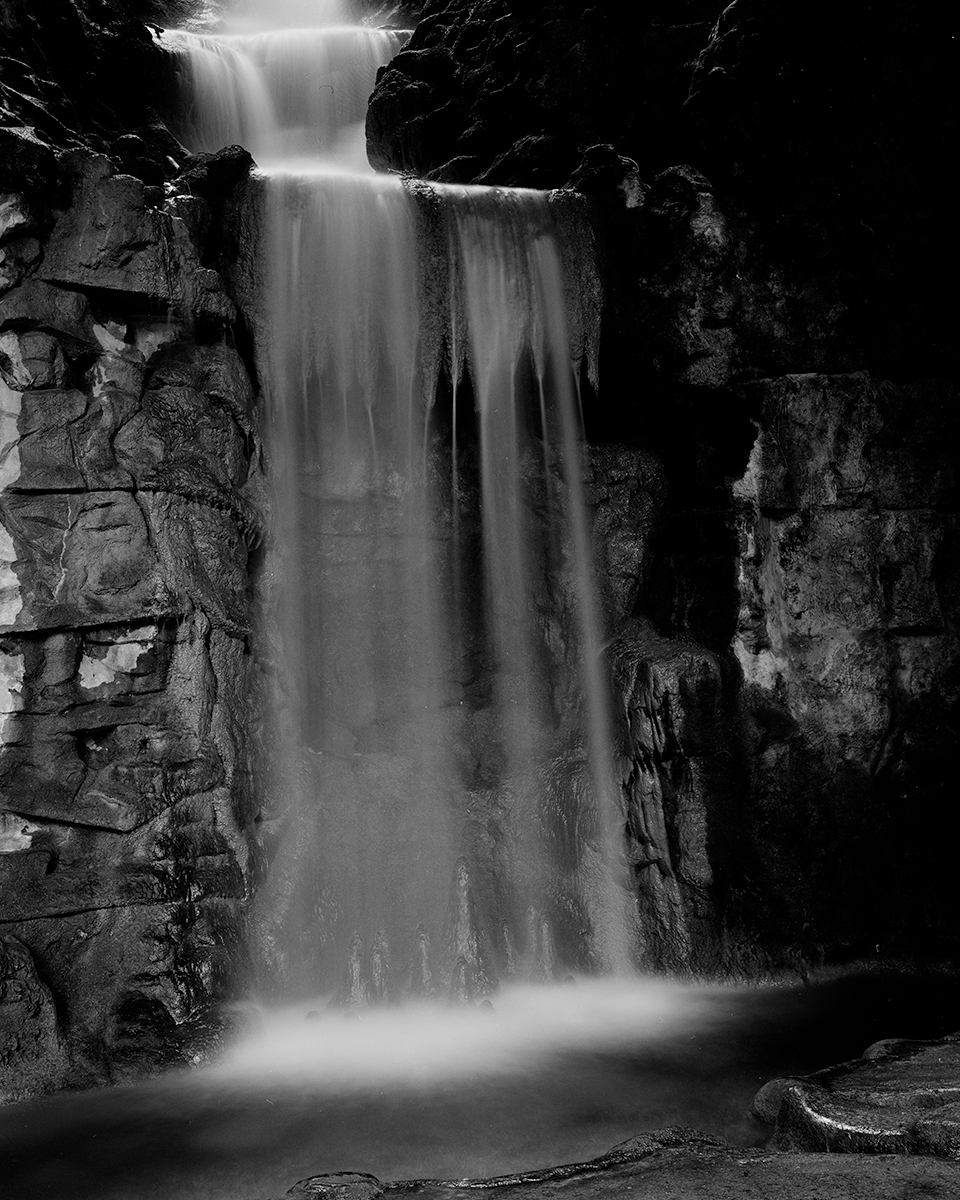
Arcadia collects a series of landscaped gardens that represent multiple interpretations of the Paradise myth. This project is a result of a number of journeys and residencies - across the UK, France and Italy - that focuses on landscapes visited during the Grand Tour. Arcadia reassesses the Romantic view of the eighteenth century travellers in an attempt to understand how their perception and representation of the landscape has shaped the way in which tourists think of the visited landscape and relate to new territories.
By establishing tangential correlations between historical gardens built in different temporal and geographical spaces, and connecting them with depictions in painting (JMW Turner) and literary traditions (Horace), this investigation uses a non-linear narrative that connects past and present as a means to imagine how a future landscape may look like. Arcadia takes the shape of a long poem in the making that is composed of a number of cantos exploring different symbols and myths (the island, the fall, the cave, the sacred tree...).
With the collaboration of the Italian institutions FAI (Fondo dell’Ambiente Italiano), Soprintendenza Archeologia, Belle Arti e Paesaggio per l'Area Metropolitana di Roma e per la Provincia di Rieti (Lazio). Supported by the Institut d’Estudis Baleàrics, Institut Ramon Llull (Spain), and the residency program l’Aquila Reale Arte e Natura (Italy).

Canto I: The Valley of Hell
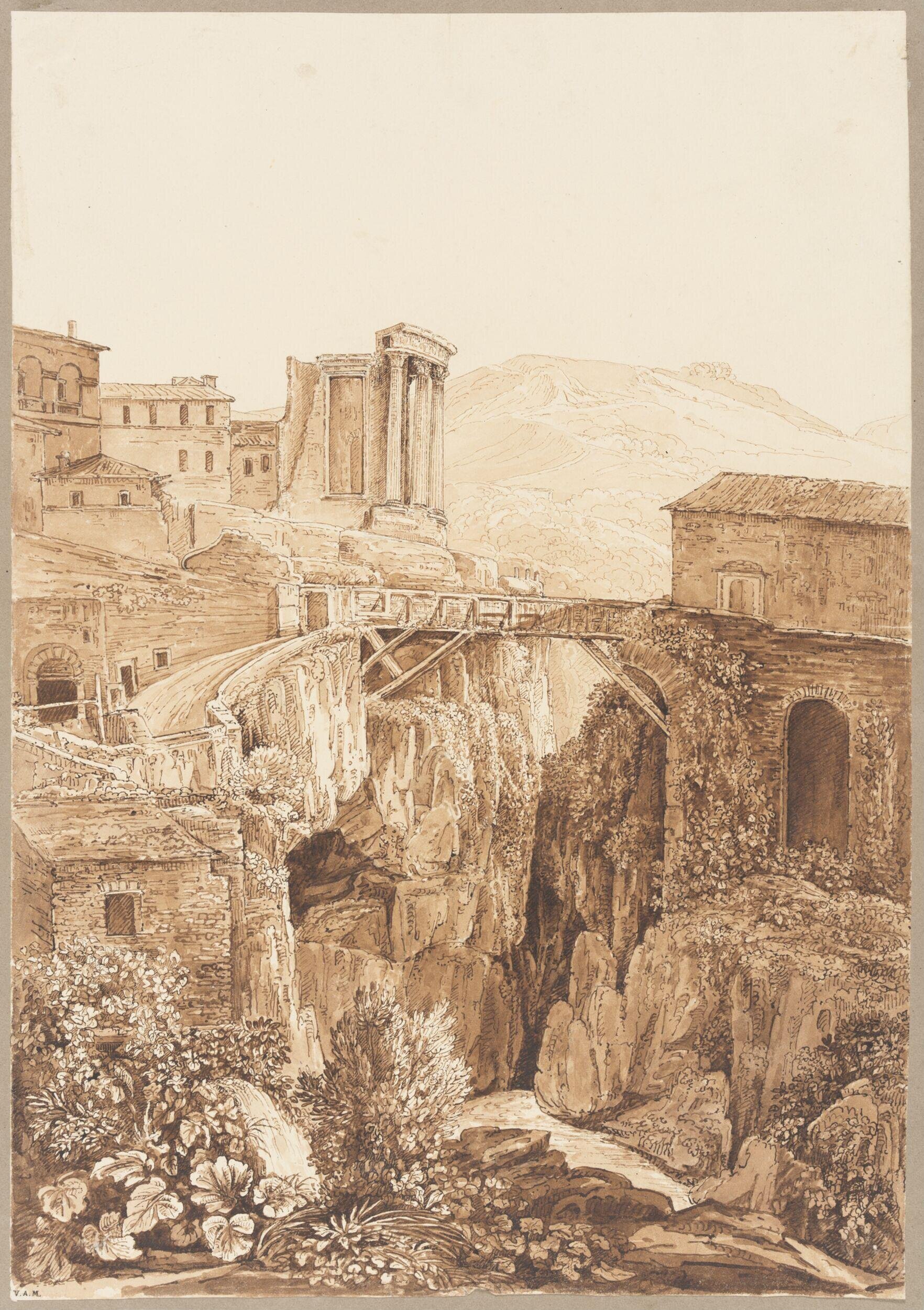
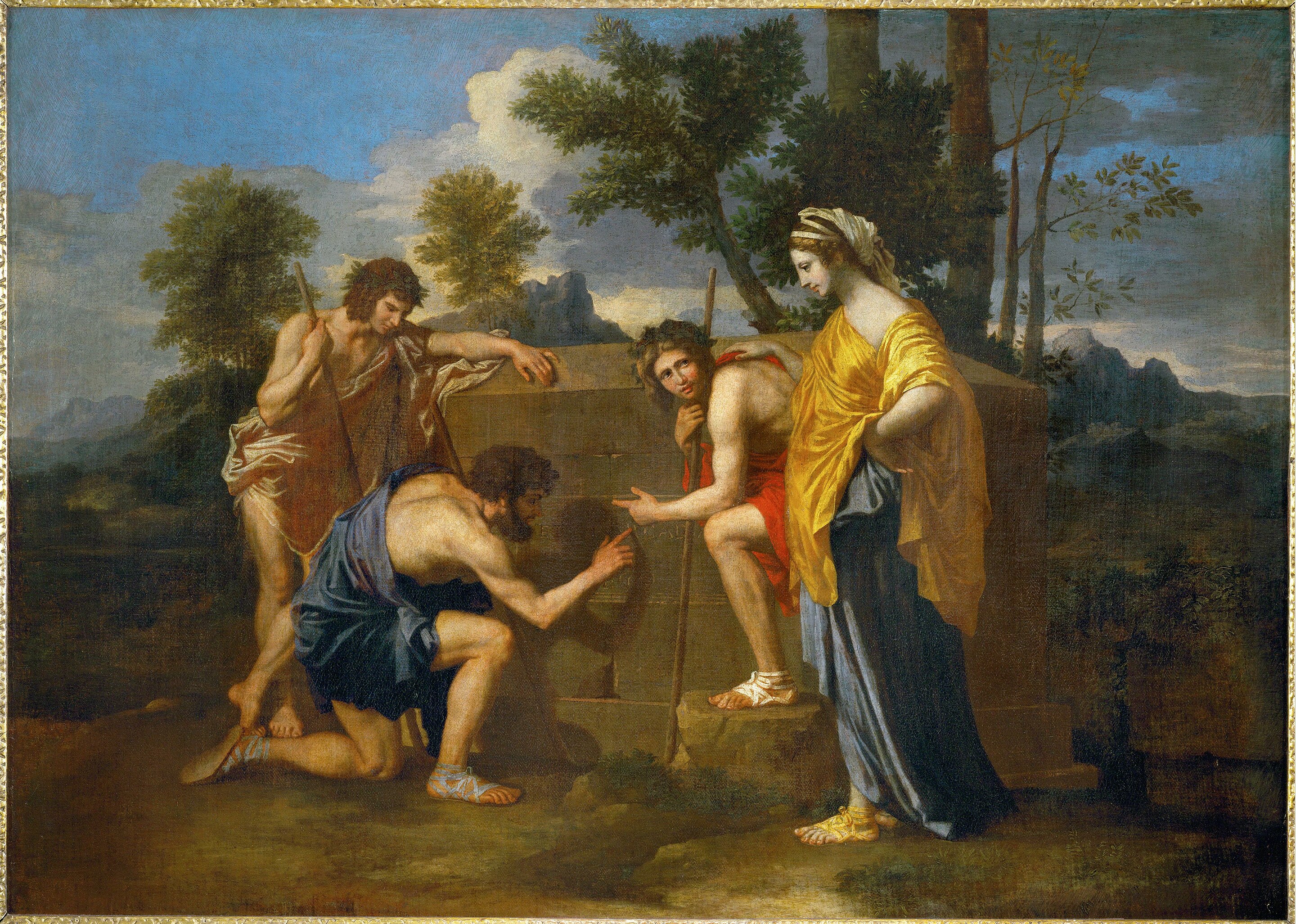
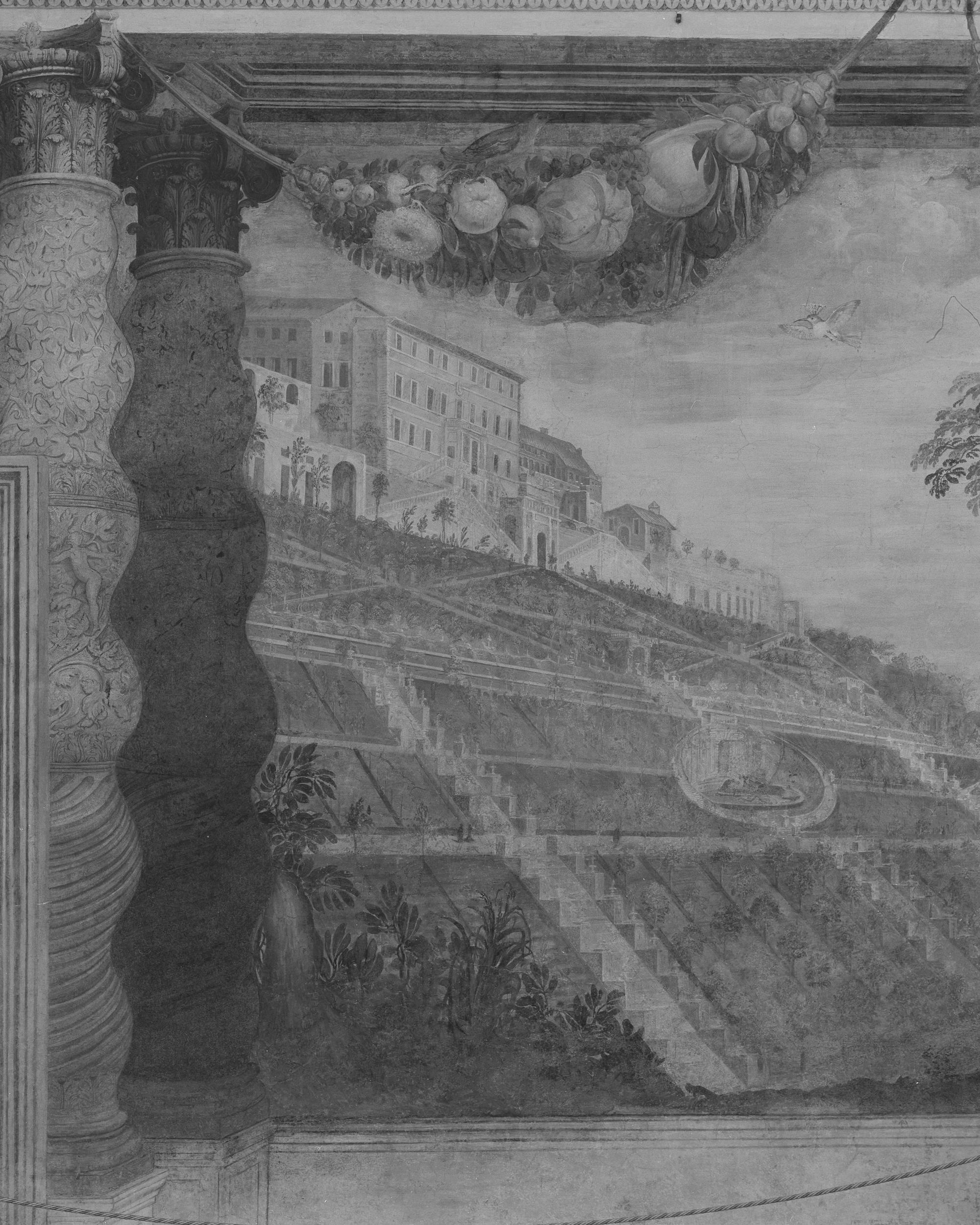
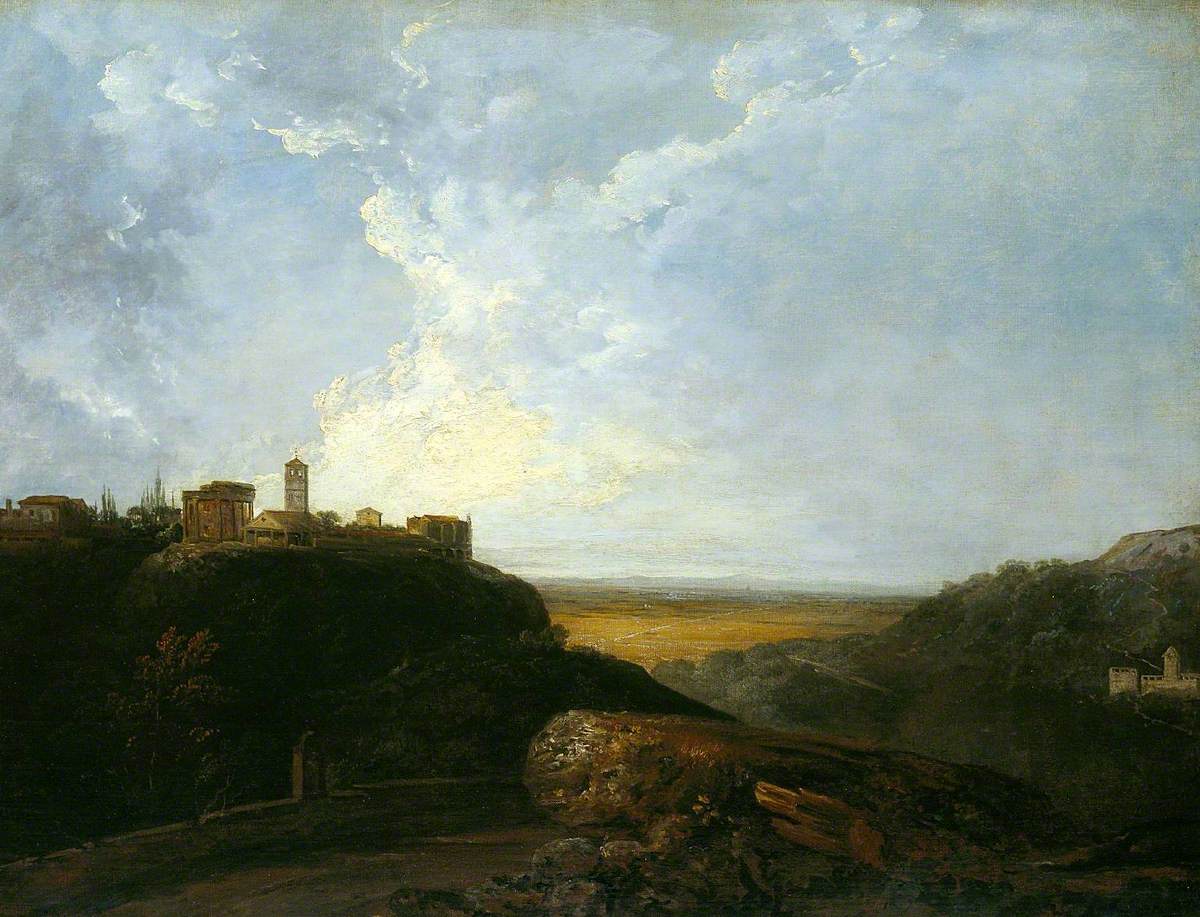
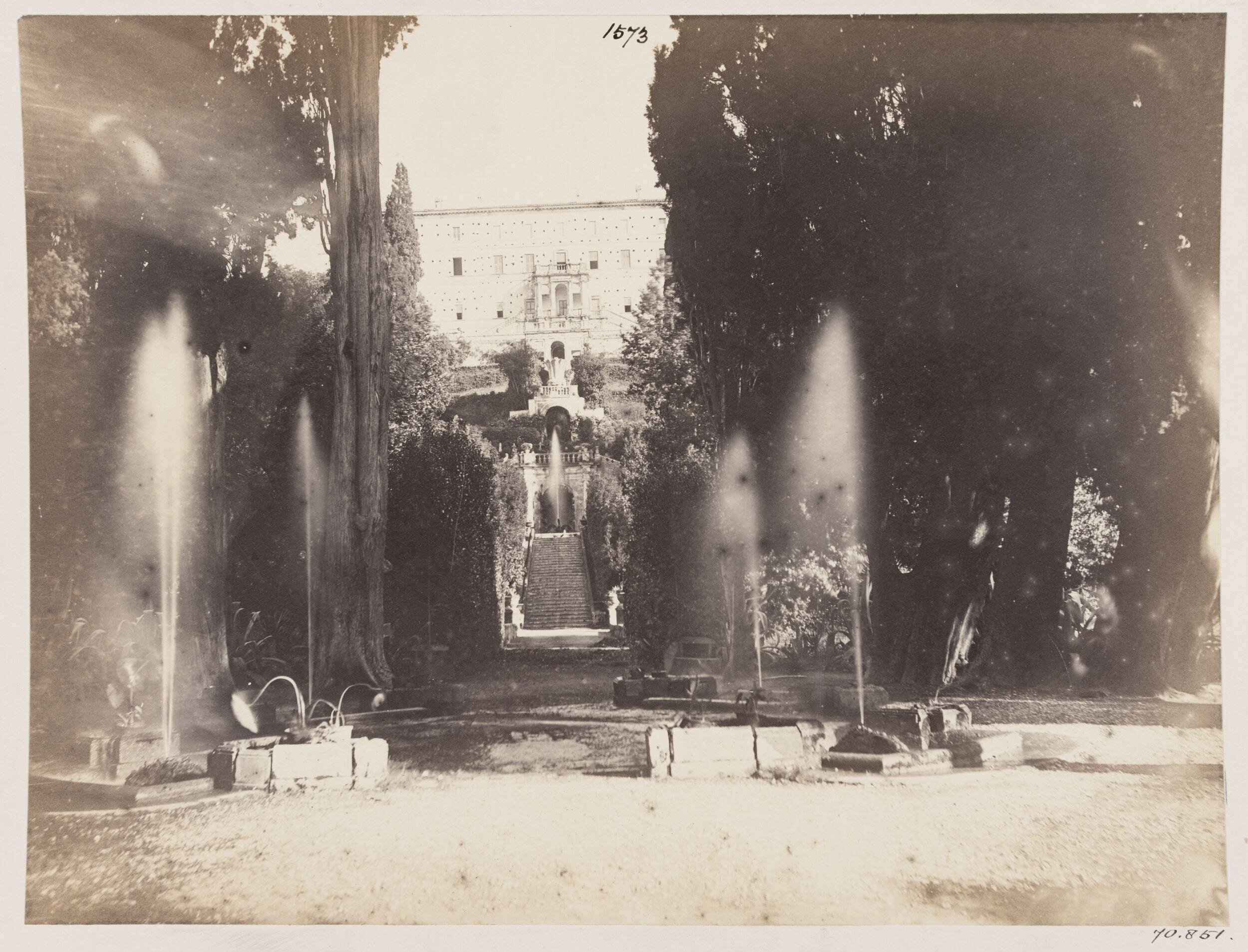
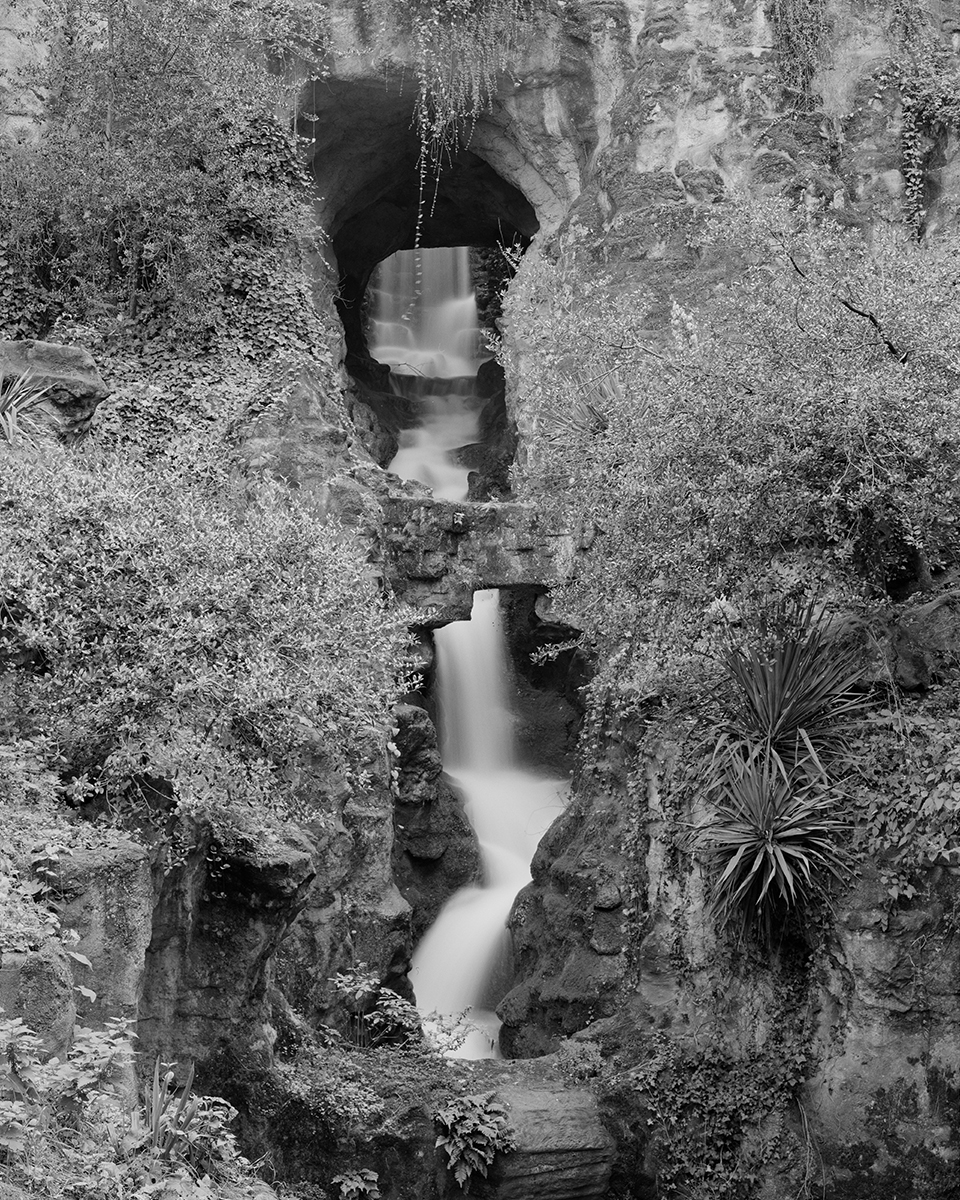

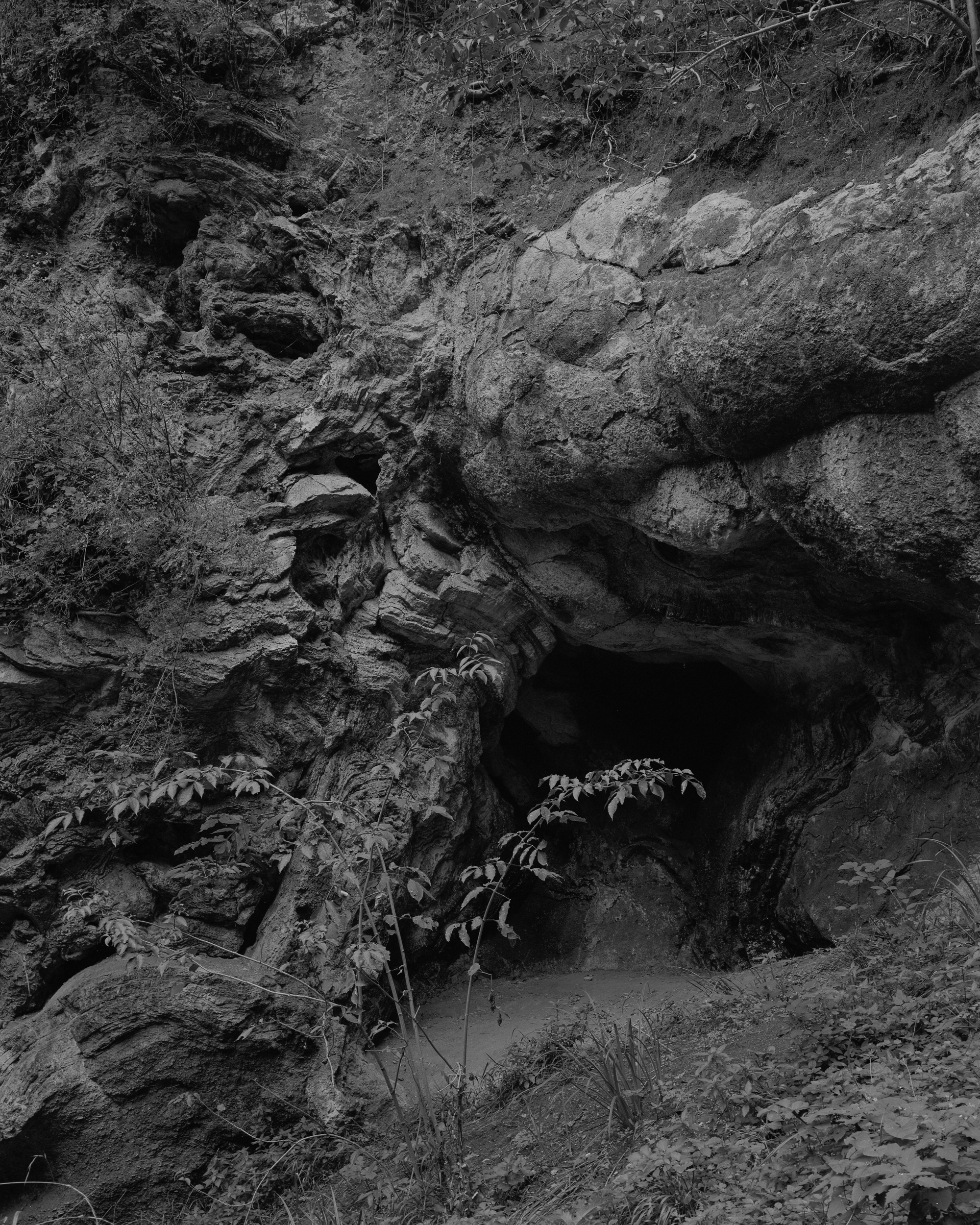

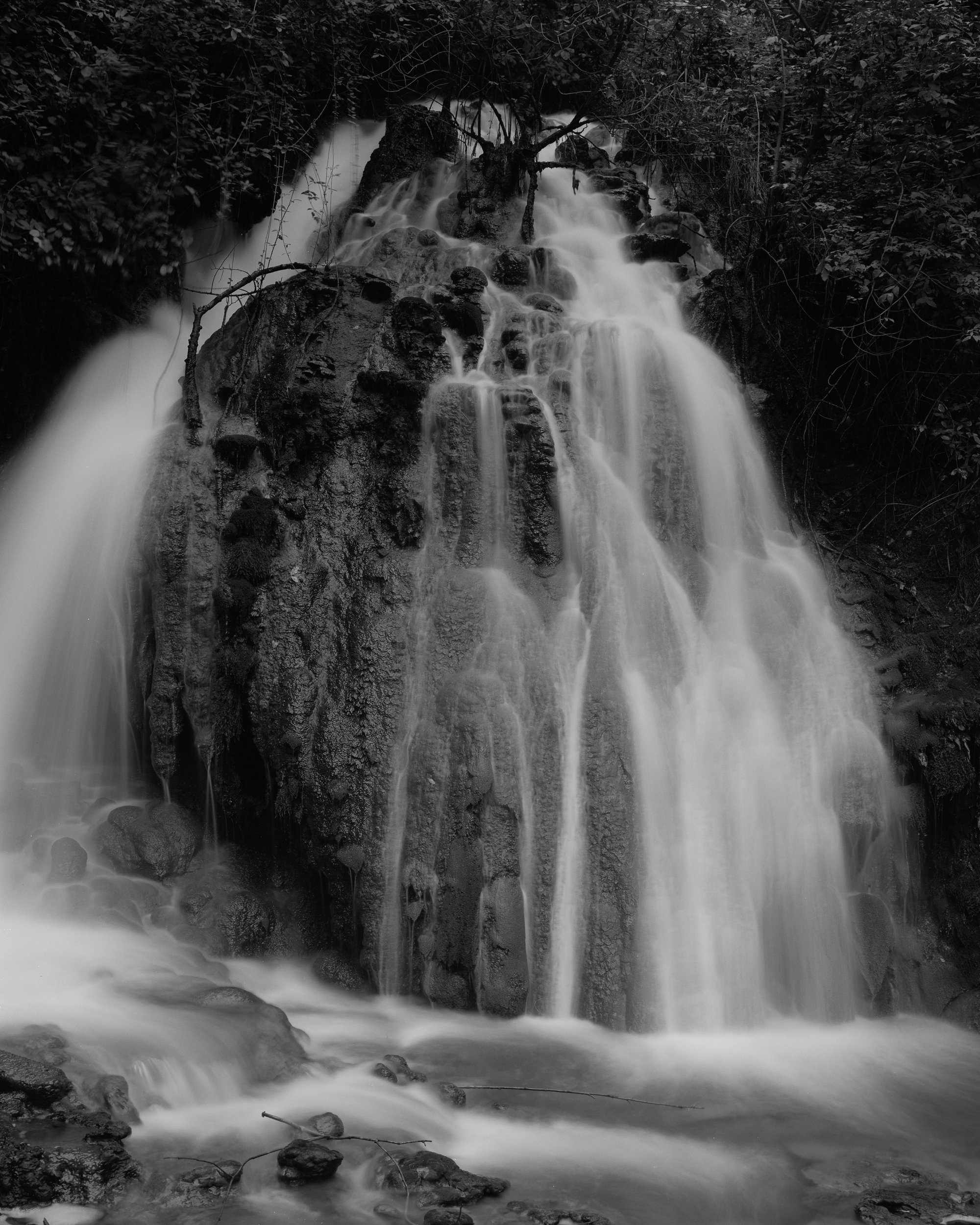

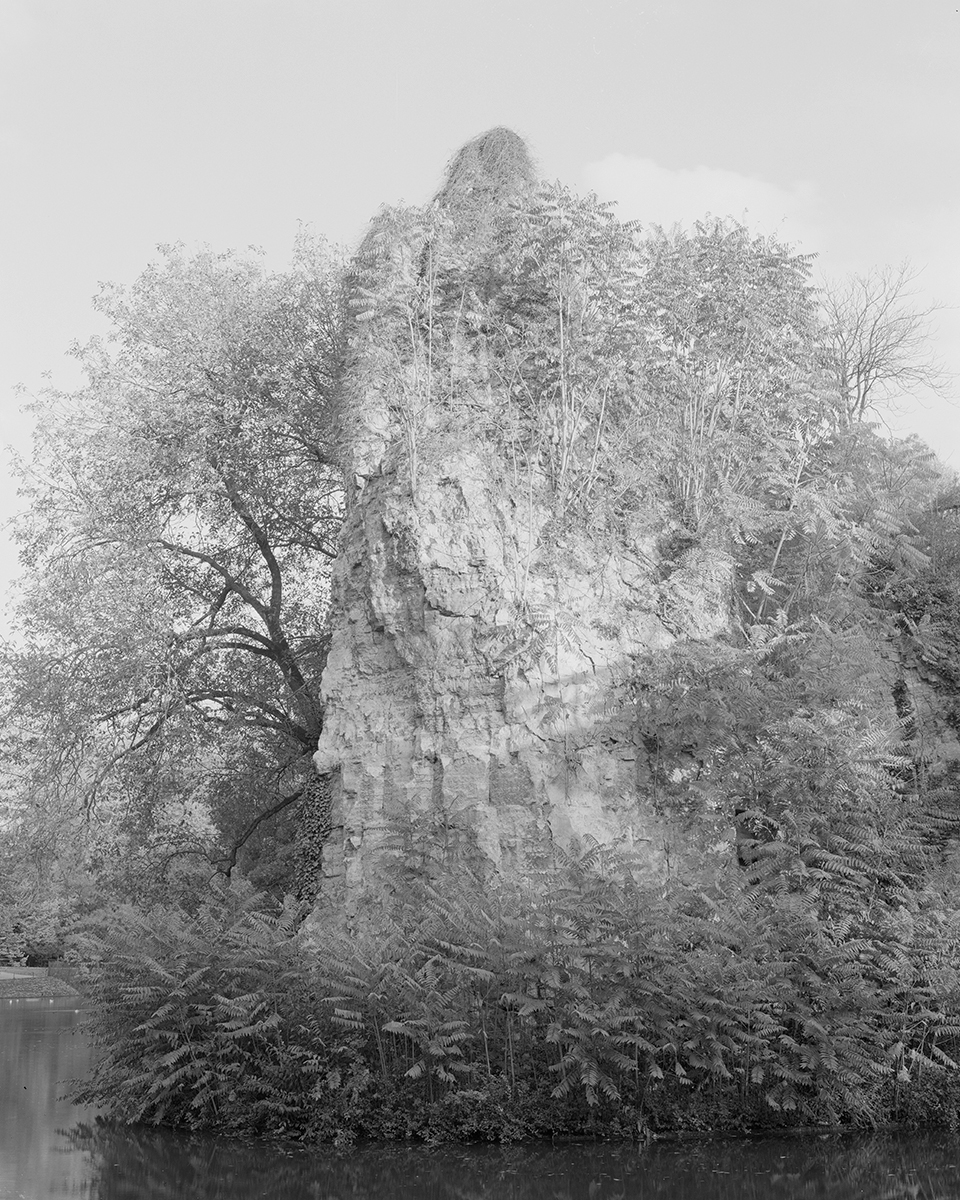
Canto II: The Island
A garden is an island
is an island
is an island
is a garden

Canto IV. The Sacred Tree

Fox-Talbot’s tree
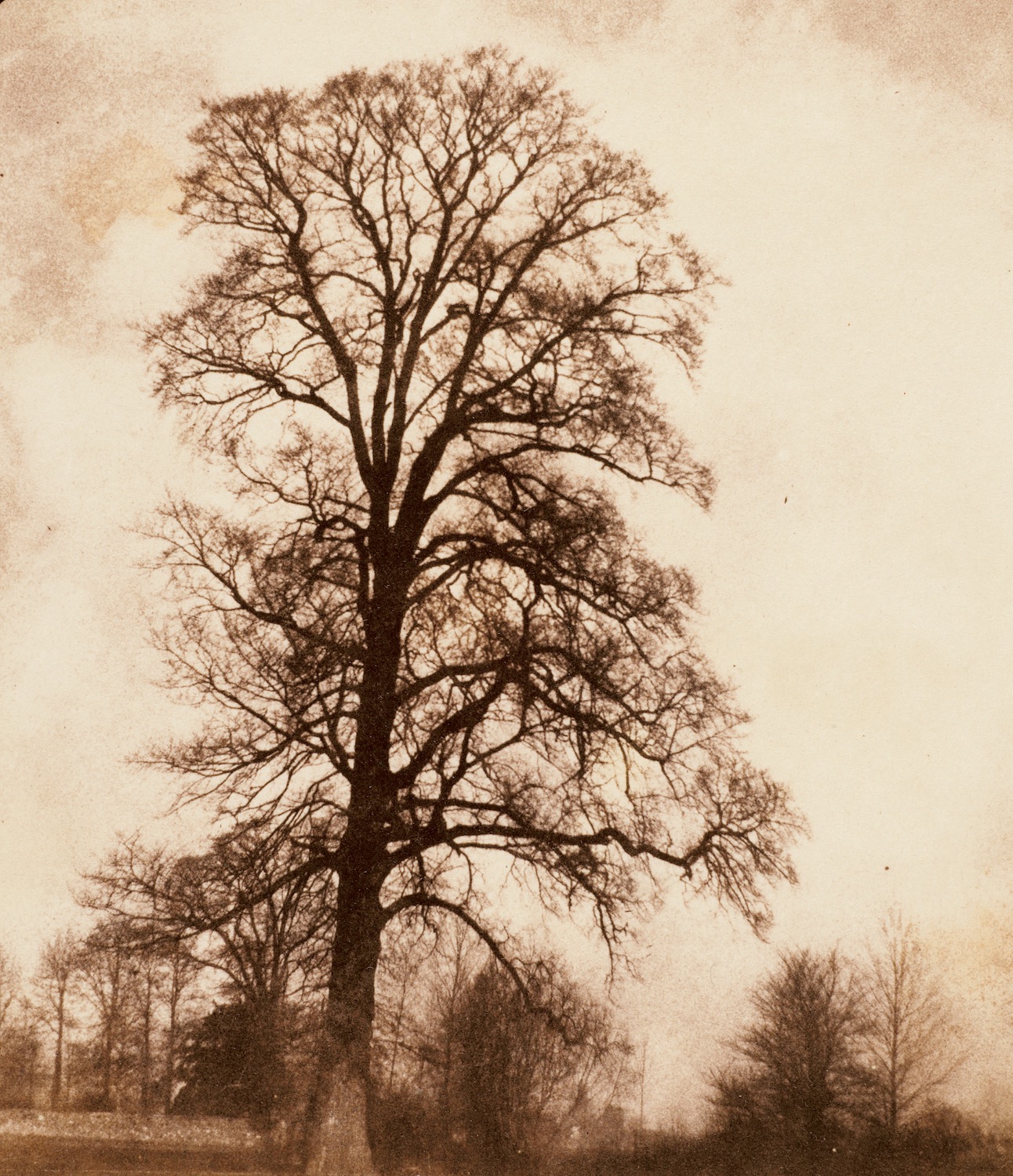
The Great Elm at Lacock, 1843, Henry Fox-Talbot
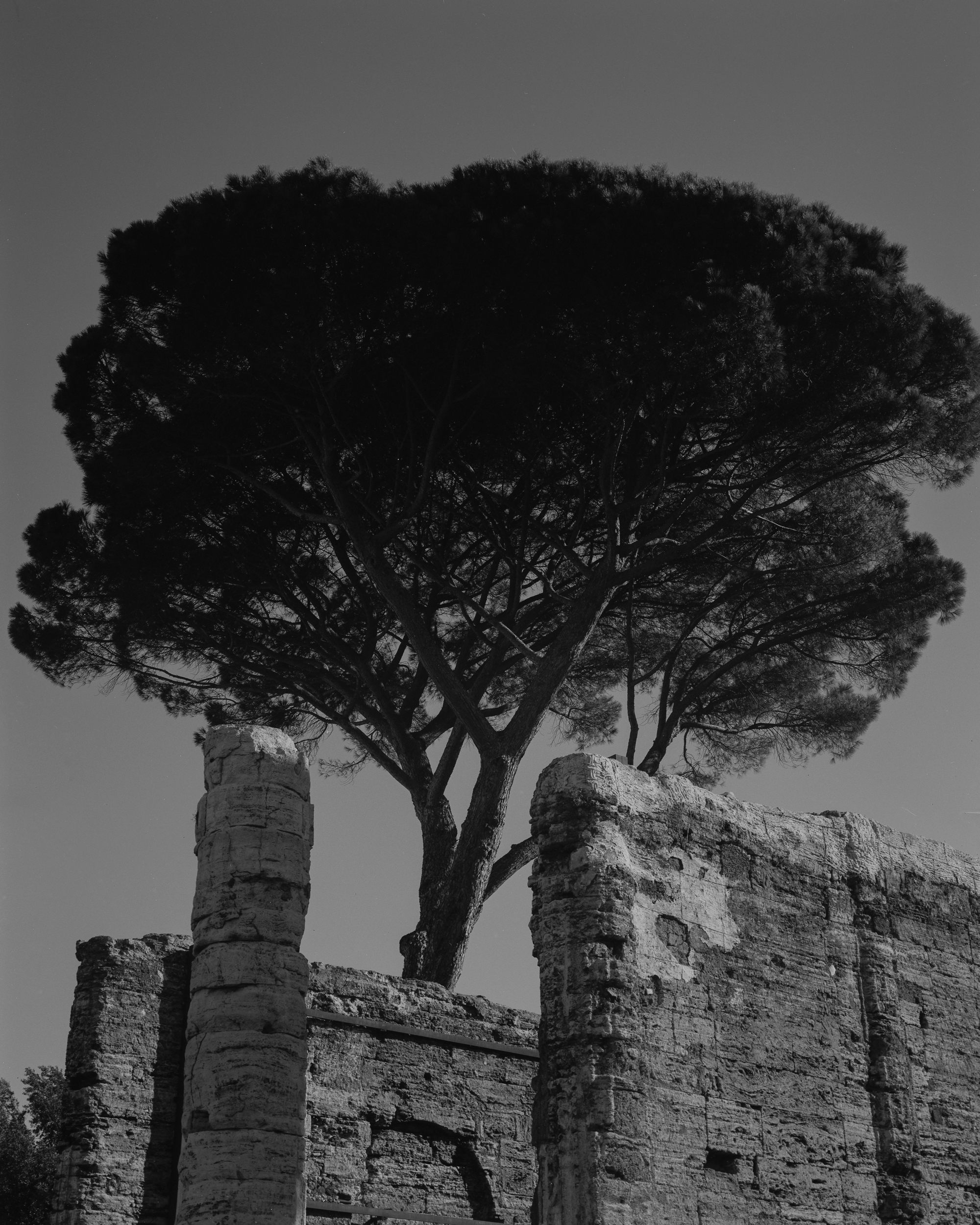
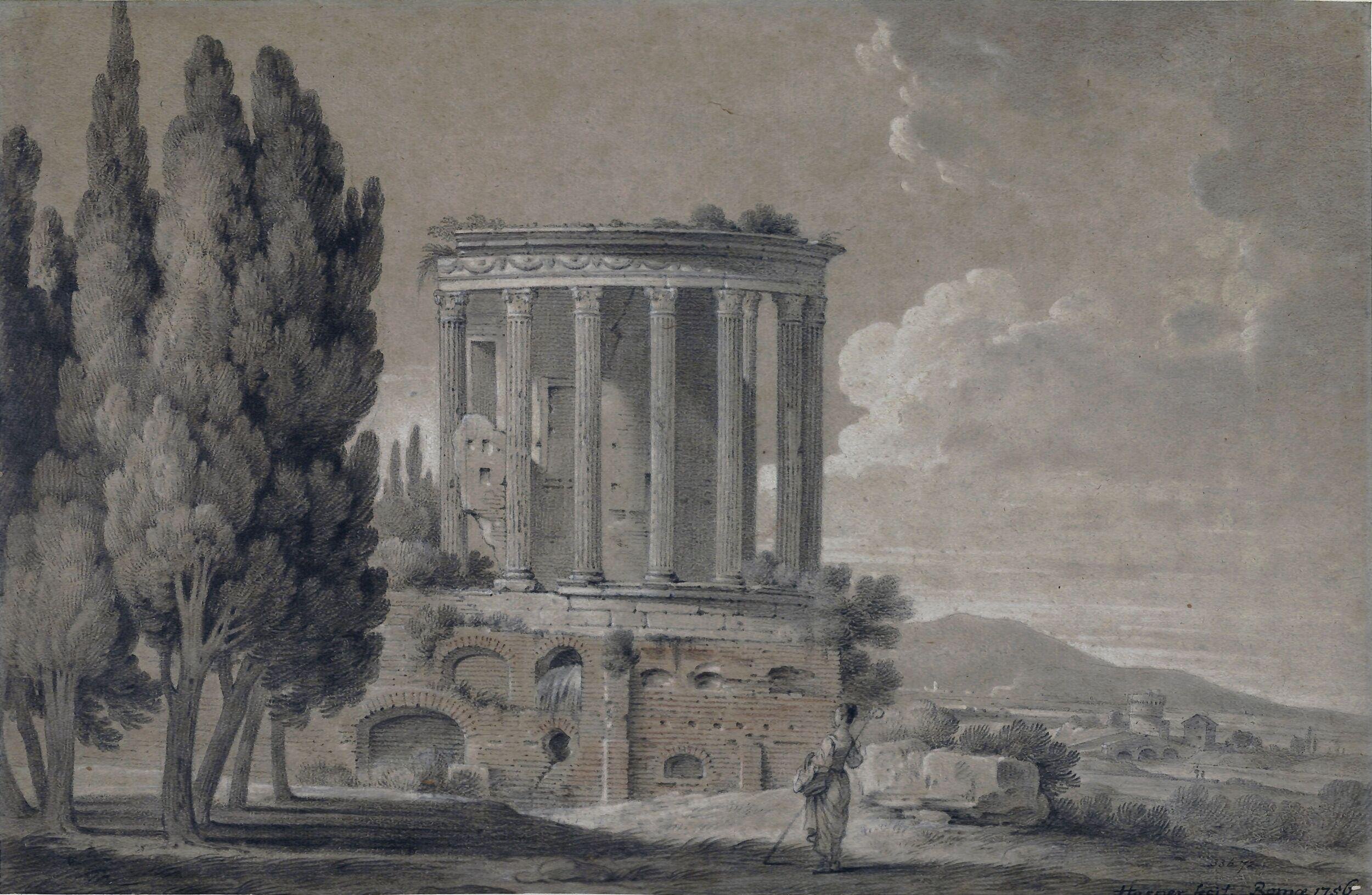
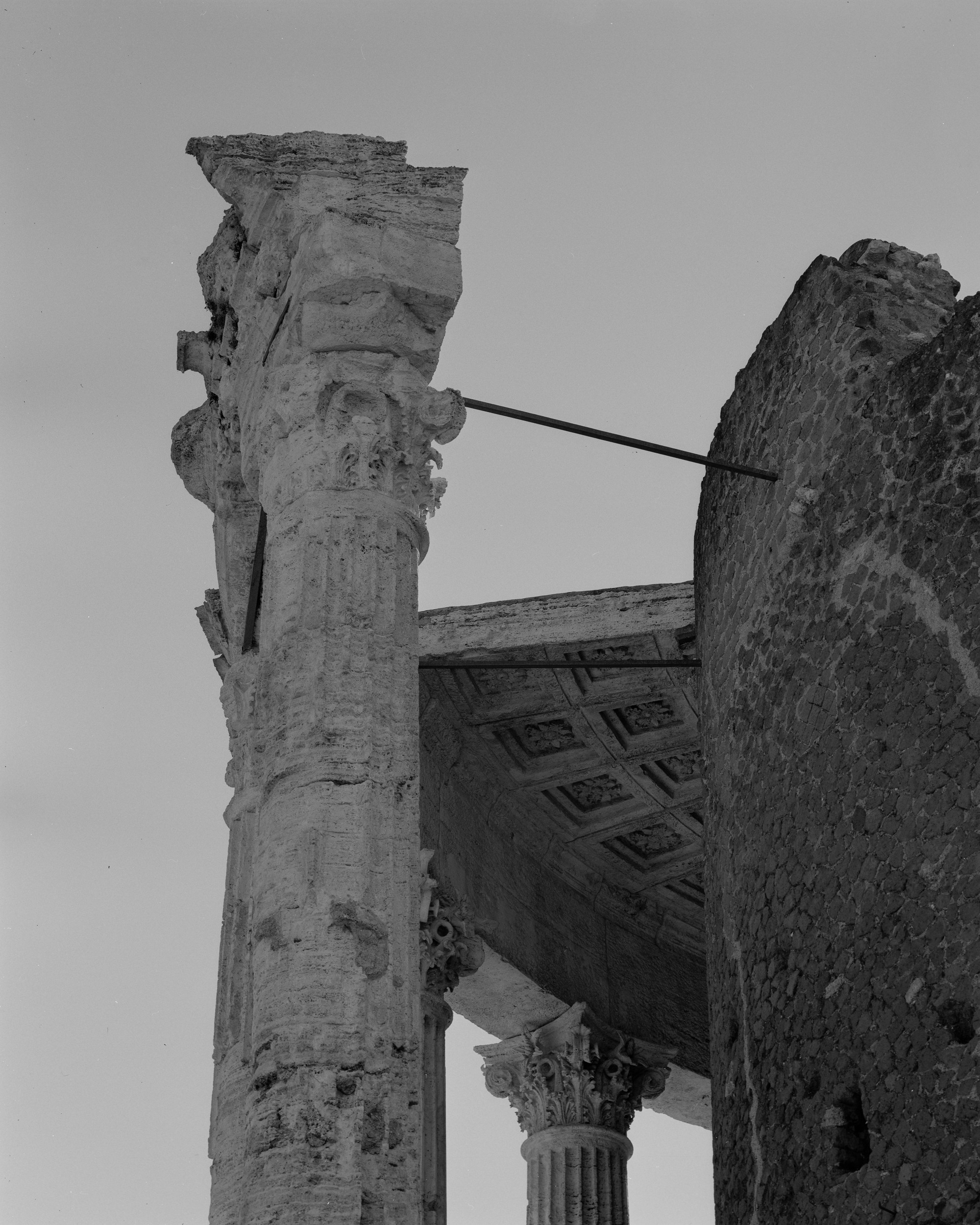
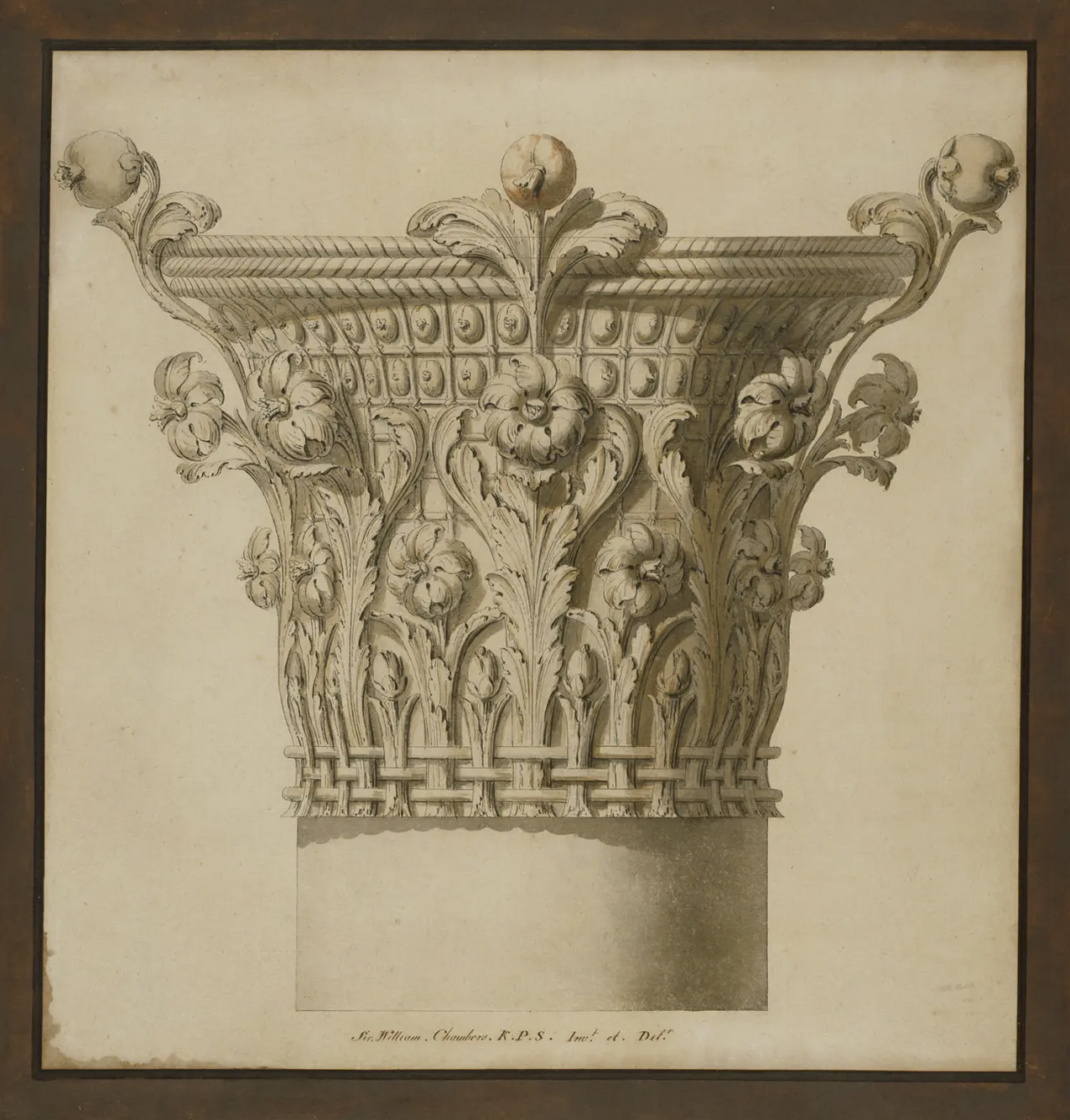


Portal to the Lebanese cedar tree
a folly is glass,
and bones
and a hank of weeds.
Is at once cheerful and morbid,
both an ornament for a gentelman’s grounds
and a mirror for his mind.
a folly is glass,
and bones
and a hank of weeds.
Is at once cheerful and morbid,
both an ornament for a gentelman’s grounds
and a mirror for his mind.